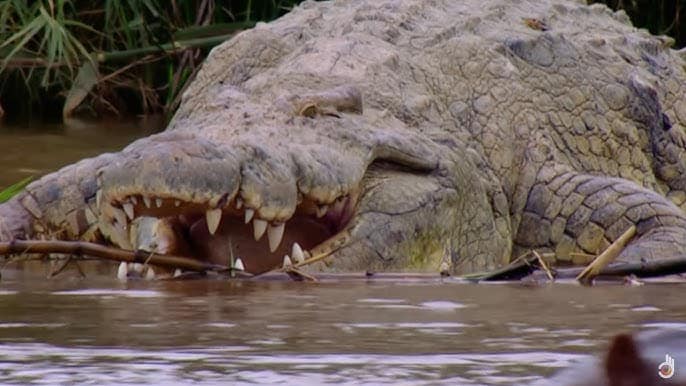For decades, the waters of Burundi’s Ruzizi River and the northern shores of Lake Tanganyika have harbored a predator so terrifying that it has become the stuff of legend. This is the domain of Gustave, the world’s deadliest crocodile—a massive Nile crocodile that has reportedly killed over 300 people, not for survival but seemingly for sport. With his immense size, numerous scars, and an uncanny ability to evade capture, Gustave has cemented his place as one of the most infamous man-eaters in history.
A Monster Unlike Any Other

Gustave is not an ordinary crocodile. While most Nile crocodiles reach an average length of 16 feet and weigh around 1,000 pounds, Gustave is estimated to be over 20 feet long and weigh more than 2,000 pounds. His sheer size makes him an apex predator with virtually no natural enemies. Unlike other crocodiles, he is believed to hunt not only out of hunger but also for dominance or sport.
A Predator with a Sinister Reputation
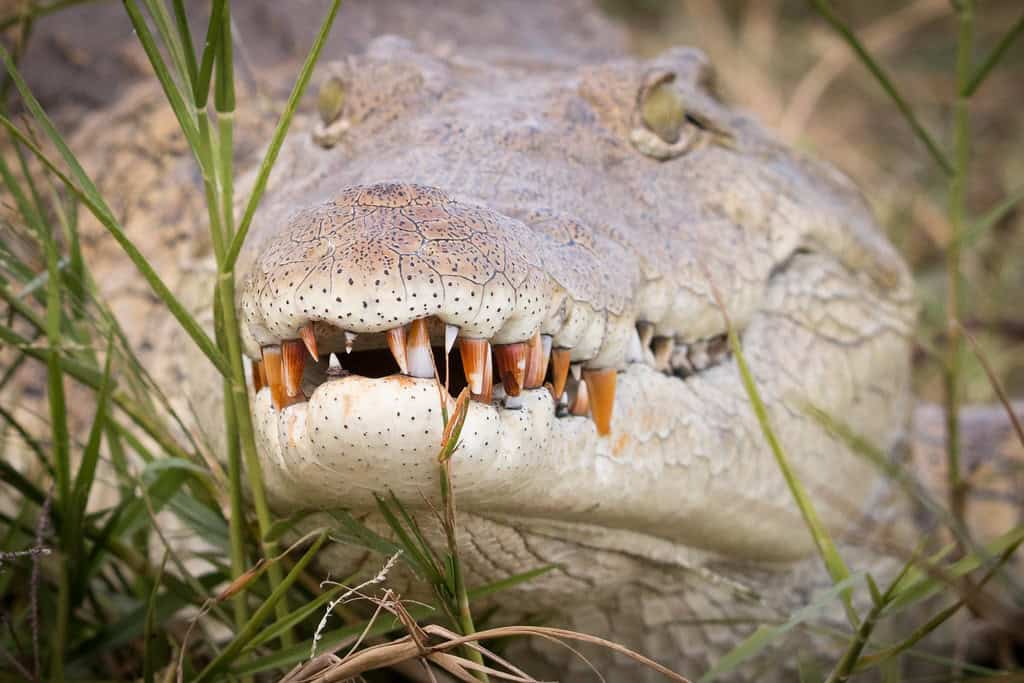
The chilling aspect of Gustave’s predation is that many of his victims are reportedly not consumed. Survivors and eyewitnesses have described scenes where he attacks humans, drags them into the water, drowns them, and then abandons their bodies. This behavior is highly unusual for a crocodile, raising questions about his motives and making him even more feared.
The Mystery of His Origins

Gustave’s origins remain uncertain. Some researchers estimate he is around 60 years old, while local folklore suggests he could be much older. His size indicates he has lived far beyond the typical lifespan of wild crocodiles, which rarely exceed 50 years. His survival through decades of conflict, hunting, and environmental changes only adds to his legend.
A Body Covered in Battle Scars
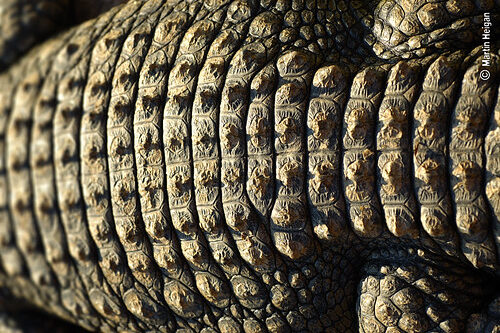
One of the key reasons Gustave is easily identifiable is his scar-covered body. Witnesses and researchers have documented three bullet wounds lodged in his hide, along with a deep scar on his right shoulder blade. These injuries suggest that multiple attempts have been made to kill him, but his thick armor-like skin has shielded him from death.
The Massacre of Over 300 Victims
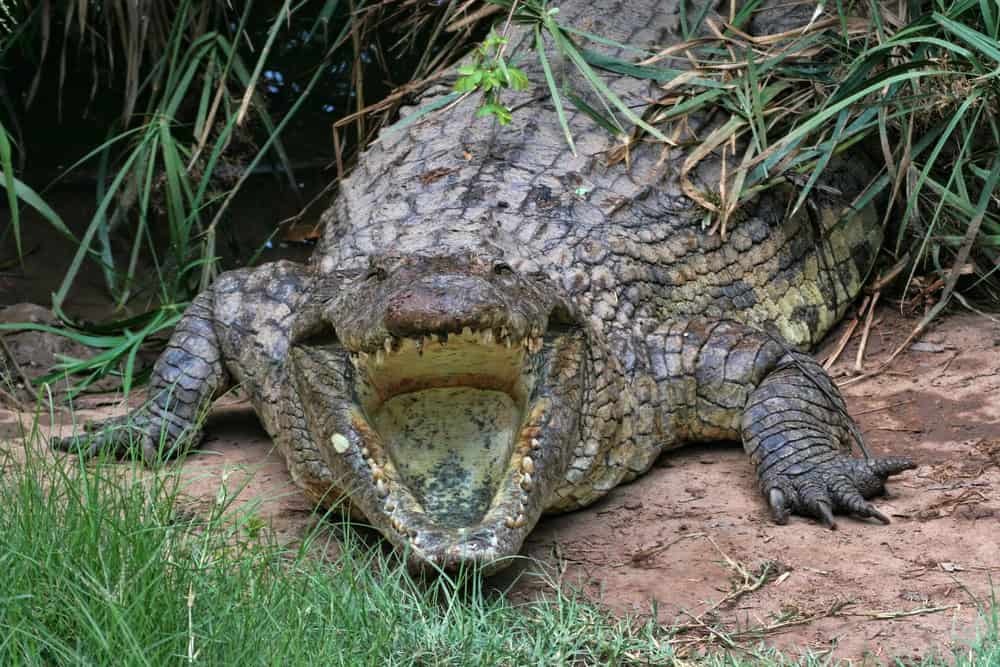
Reports suggest that Gustave has been responsible for over 300 human deaths, making him one of the deadliest crocodiles in history. His reign of terror extends over decades, with attacks often occurring near the shores of Lake Tanganyika and the Ruzizi River. Entire villages live in fear, as he has been known to attack people collecting water, fishing, or simply standing near the riverbanks.
A Phantom That Disappears Without a Trace
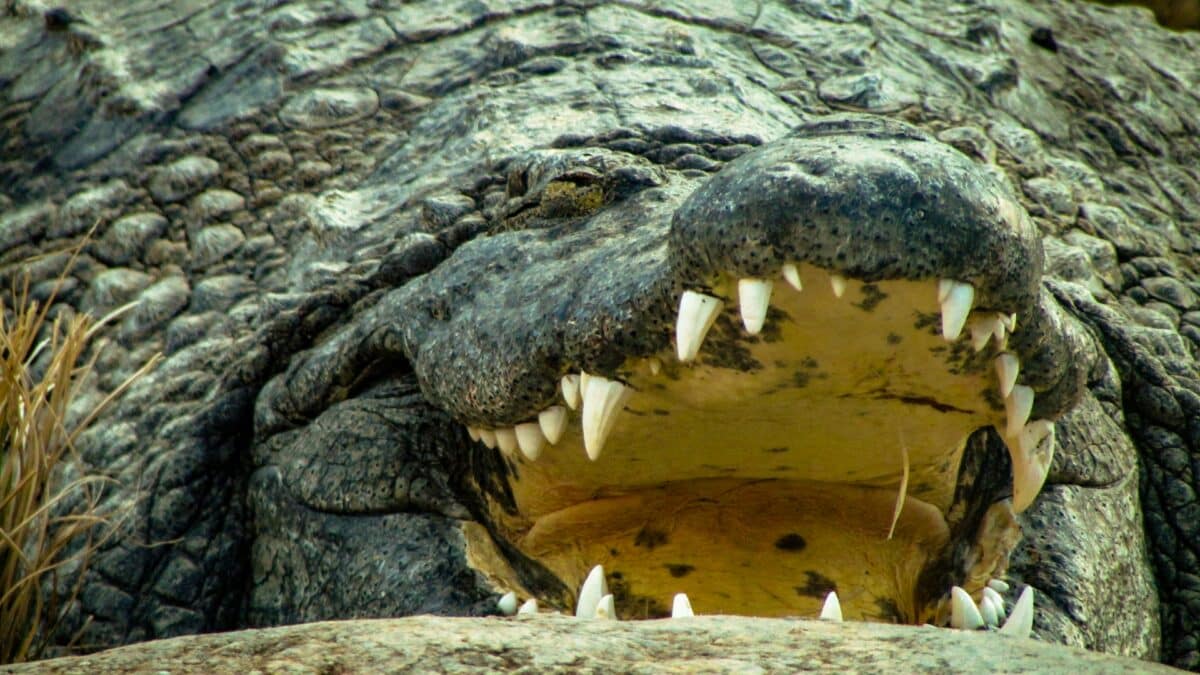
Despite being one of the most infamous predators in Africa, Gustave has proven almost impossible to track down. Local fishermen, conservationists, and researchers have attempted to monitor his movements, but he frequently vanishes for months or even years at a time before suddenly reappearing in another location, leaving behind fresh carnage.
Failed Attempts to Capture the Beast

In 2004, a dedicated team of scientists and hunters led by herpetologist Patrice Faye set out to capture Gustave. Their efforts were documented in the PBS special Capturing the Killer Croc. A massive steel cage was built and baited with live animals in hopes of luring him inside. Despite two years of effort, Gustave ignored all attempts and never entered the trap.
Beyond evading traps, Gustave has also survived gunshots, spears, and other hunting efforts. Some local hunters have tried to kill him, only for their bullets to bounce off his tough hide. Even explosions and sophisticated tracking methods have failed to stop him, reinforcing the idea that he is virtually unstoppable.
The Psychological Grip on Local Communities

For those living near Lake Tanganyika and the Ruzizi River, Gustave is more than a mere crocodile—he is a symbol of fear. Entire villages avoid venturing near the water, and traditional folklore has evolved around him, with some believing he is cursed or supernatural.
Most Nile crocodiles ambush and consume their prey immediately, but Gustave’s approach is different. He often stalks his victims for days, assessing their movements before striking. His attack style is ruthless, with eyewitnesses recalling how he drowns victims and leaves their bodies untouched.
Gustave vs. Other Man-Eating Crocodiles
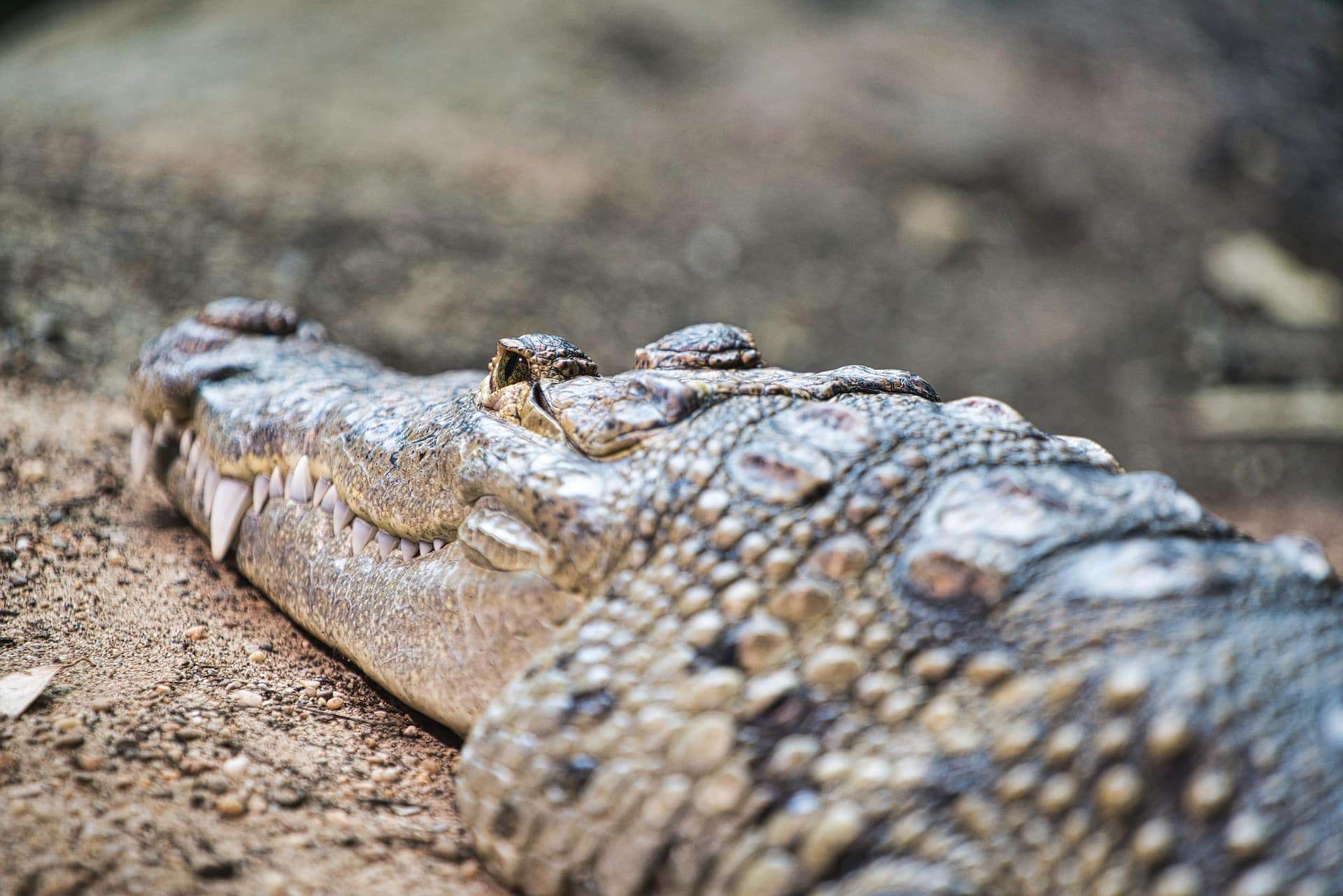
Compared to other infamous crocodiles such as Osama (Uganda, 83 victims) and Bujang Senang (Malaysia, 100 victims), Gustave stands out due to his massive size and habit of killing without feeding. He is considered the most lethal of them all.
Most crocodiles avoid humans unless desperate for food, but Gustave actively seeks out human settlements. His repeated targeting of people rather than wild prey has baffled researchers and made him an even greater threat.
Failed Military Intervention
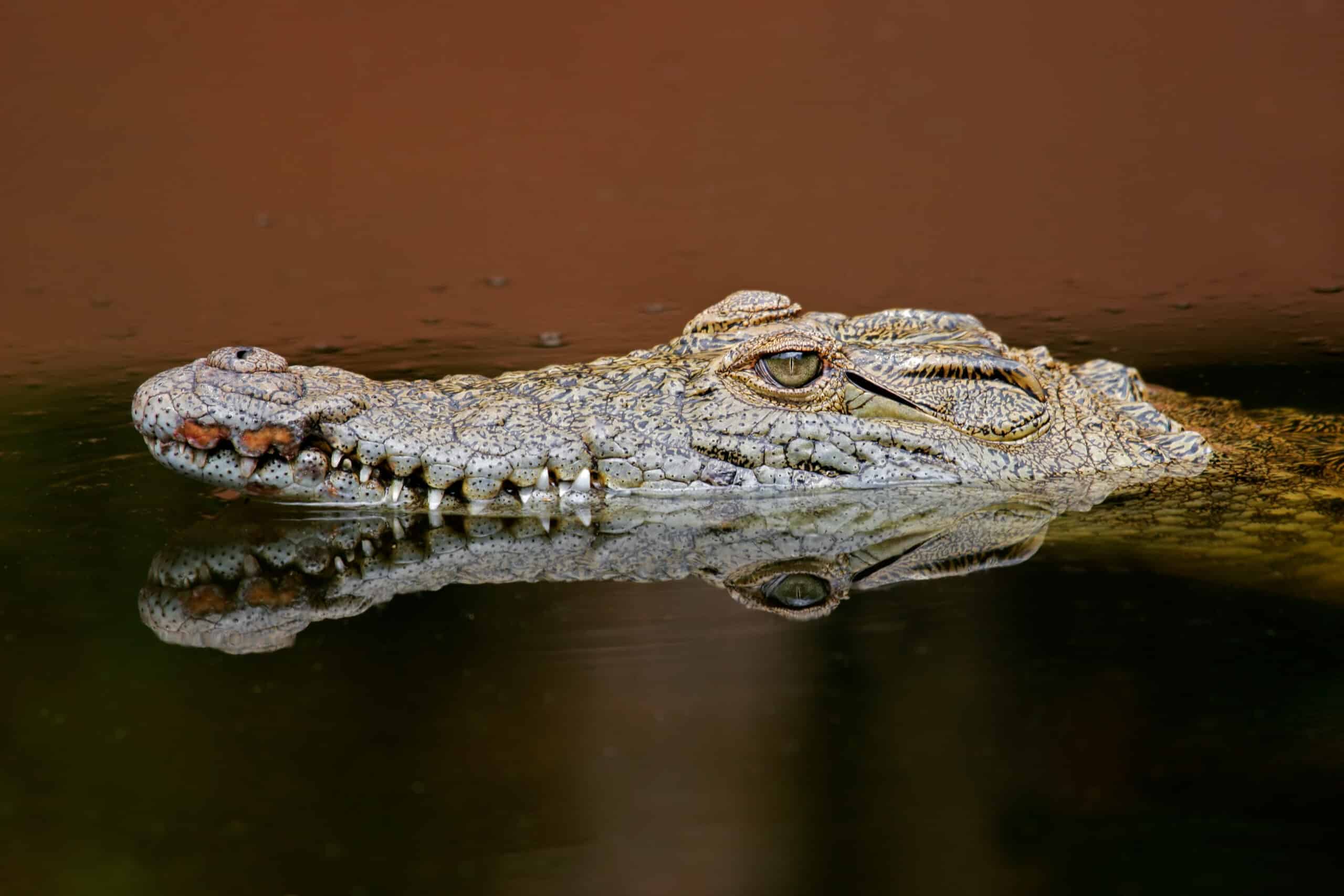
At one point, armed soldiers were deployed to kill Gustave after a series of attacks near Burundi’s capital, Bujumbura. Despite their efforts, the crocodile once again vanished into the river before they could take action.
Has Gustave Finally Died?
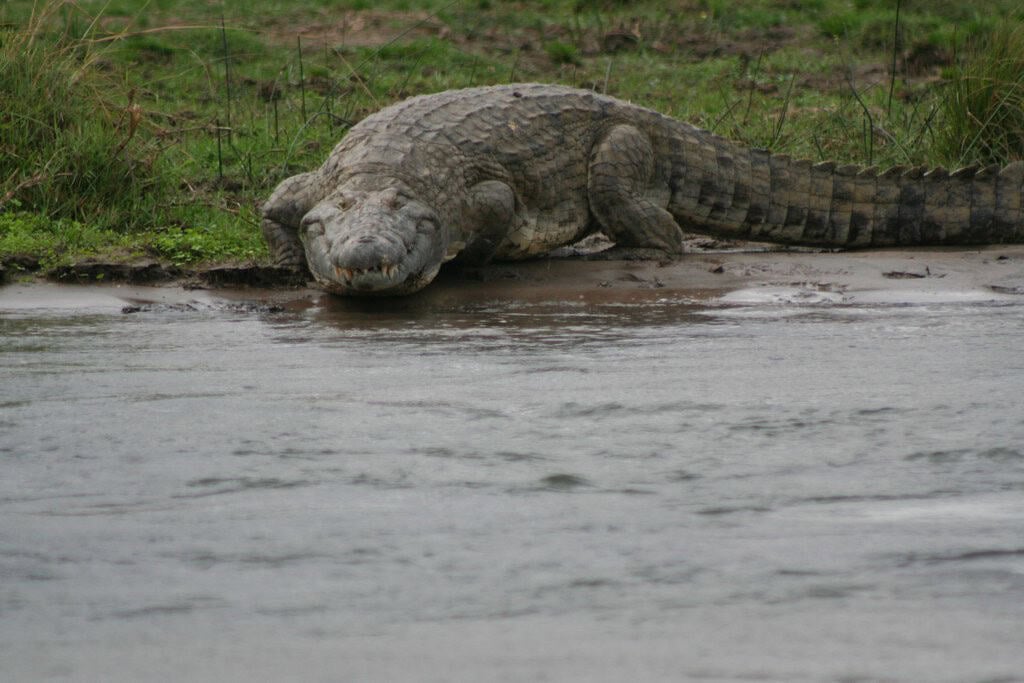
The last confirmed sighting of Gustave was in 2019, after which he seemingly disappeared. Some believe he may have finally succumbed to old age or been secretly killed, while others insist he is merely waiting to strike again. Until proven otherwise, his legend lives on.
While Gustave remains the most famous, some experts believe there could be other giant crocodiles lurking in African rivers, just as elusive and deadly. If so, they too might one day make headlines with tales of terror.
Gustave’s case highlights the dangers of unchecked crocodile populations in densely populated areas. It also raises ethical questions about how to balance conservation efforts with human safety.
Conclusion

Gustave is more than just a crocodile—he is a legend, a nightmare, and a mystery wrapped in an armored hide. His ability to kill without fear, survive countless attacks, and evade every capture attempt makes him one of the most formidable predators in recorded history. Whether he still lurks beneath the waters of Burundi or has finally met his end, his terrifying legacy will endure for generations to come.
- Deadly Beauties: The World’s Most Lethal Jellyfish - August 9, 2025
- How Native American Lunar Cycles Enhance Modern Zodiac Interpretations - August 8, 2025
- 10 Golden Facts About Our Favorite Retriever - August 8, 2025

